Frequently Asked Questions
1. What is the history behind pocket knives?
2. How did the Roman Empire influence pocket knife design?
3. What materials significantly contributed to pocket knife craftsmanship during the Renaissance?
4. How did the Industrial Revolution affect pocket knife production?
5. What trends are shaping the modern pocket knife industry?
Throughout history, the pocket knife has evolved from a simple, practical tool into a beloved collector’s item and a functional aspect of daily life. The rich history of pocket knives reflects changes in technology, culture, and the artisanal skills developed over centuries. In this blog post, we will explore the fascinating journey of pocket knives, their design evolution, and the significance of materials like Damascus steel in crafting these essential tools.
The Origins of Pocket Knives
The pocket knife, as we recognize it today, has roots that trace back to ancient civilizations. Archaeological findings suggest that the concept of folding knives was practiced as early as 3000 B.C. in regions such as Mesopotamia and ancient Egypt. These early knives featured simple designs with blades that were often made from bronze or copper. The practicality and portability of these tools made them essential for daily tasks such as cutting, carving, and even ceremonial purposes.
The Roman Influence
The Romans played a crucial role in the development of more advanced knife technology. They invented the folding mechanism in knives around 500 A.D., creating the first proto-pocket knives. These knives had folding blades that could be safely stored in a compact form, making them easier to carry. Roman soldiers often carried these tools for various uses during their conquests, showcasing an early example of how functionality meets design.
The Middle Ages: Craftsmanship and Ornamentation
During the Middle Ages, pocket knives saw significant advancements in both craftsmanship and design. With the rise of skilled blacksmiths and artisans, the production of knives became more refined. Local workshops began to emerge, where craftspeople handmade knives, incorporating intricate decorations and varying materials.
The Birth of the Folding Knife
By the 12th century, the folding knife concept began to solidify in Europe. These knives primarily served the nobility and the wealthy, and their designs varied widely. Some featured ornate handles made of precious metals or decorated with gemstones, while others remained simple yet functional. The diversity in knives of this period catered to the growing demands for everyday utility and artistic expression.
The Renaissance: A Flourishing Era
The Renaissance brought about an explosion of creativity, and pocket knives were no exception. This period saw the introduction of unique blade shapes and designs, exemplifying the artistry of knife-making. Blacksmiths experimented with various materials, including high-carbon steels, laying the groundwork for future innovations.
Damascus Steel: A Game Changer
One of the most noteworthy materials to emerge during this time was Damascus steel. Known for its distinctive patterns and exceptional strength, Damascus steel became a favorite among knife makers. This process of producing steel involved folding different types of iron and steel together, resulting in a resilient and aesthetically pleasing blade. The use of Damascus steel contributed to the legends surrounding the craftsmanship of high-quality pocket knives.
The Industrial Revolution: Mass Production
The Industrial Revolution in the 19th century marked a turning point in the pocket knife market. The introduction of machinery allowed for mass production, making knives more accessible to the general public. The increase in affordable models resulted in a boom in pocket knife usage among everyday individuals, not just the elite.
American Innovation
During this time, American manufacturers began to emerge, producing unique designs that catered to the tastes of the burgeoning population. Companies like Case and Victorinox started crafting robust pocket knives that appealed to outdoor enthusiasts and everyday users alike. This era emphasized the practicality of the knife, with features such as multiple blades and added tools embedding functionality into the pocket knife design.
The 20th Century: A Cultural Shift
The 20th century witnessed significant changes in the perception of pocket knives. As people began to regard them not just as tools but as symbols of craftsmanship and tradition, enthusiasts started to collect knives as a hobby. This cultural shift elevated the status of pocket knives, prompting manufacturers to focus more on quality and aesthetics.
The Role of Damascus Steel in Modern Designs
In the contemporary knife-making industry, Damascus steel has regained its status as a coveted material for crafting blades. Modern artisans pay homage to the ancient techniques of folding steel, combining them with innovative technologies to produce knives that are both visually stunning and perfectly functional. The patterns created by this unique process result in not just a strong blade but an exquisite work of art.
The Modern Pocket Knife: Innovation Meets Tradition
Today's pocket knives pay tribute to their historical designs while incorporating cutting-edge technology and modern materials. Consumers today enjoy a variety of styles, from simple everyday carry (EDC) knives to elaborate collector pieces. Innovations include lightweight alloys, advanced locking mechanisms, and ergonomic designs that enhance usability.
Sustainable Materials and Ethical Considerations
In recent years, sustainability has become a priority in knife making. Many contemporary blacksmiths and manufacturers are turning to eco-friendly materials and ethical practices in crafting their pocket knives. This approach not only connects users to the environment but also ensures that knife-making remains a respected artisan craft.
Collecting Pocket Knives: A New Era of Appreciation
As the popularity of pocket knives has surged, so too has the fascination for collecting unique pieces. Enthusiasts appreciate the craftsmanship, history, and aesthetic value of various models. Collecting has become a way to preserve the legacy of pocket knives while celebrating the diversity of design and materials.
The Future of Pocket Knives
Looking ahead, the pocket knife industry is poised for continued evolution. Advances in technology, such as CNC machining and 3D printing, present new opportunities for creating intricate designs that were once unimaginable. Meanwhile, the appreciation for traditional craftsmanship remains strong, ensuring that the art of knife-making thrives.
Join the Pocket Knife Revolution!
In summary, pocket knives possess a rich history that spans thousands of years, showcasing a fascinating evolution in design and function. From their humble beginnings to modern interpretations featuring exquisite materials like Damascus steel, pocket knives continue to play an important role in our everyday lives. Whether you are an avid outdoor enthusiast, a collector, or someone who appreciates the craftsmanship behind pocket knives, there is a world of designs to discover.
Embrace the legacy of pocket knives today. Explore the intricate designs, robust materials, and rich history waiting for you. There’s never been a better time to dive into the world of pocket knives, so find the perfect one that speaks to your style and needs!








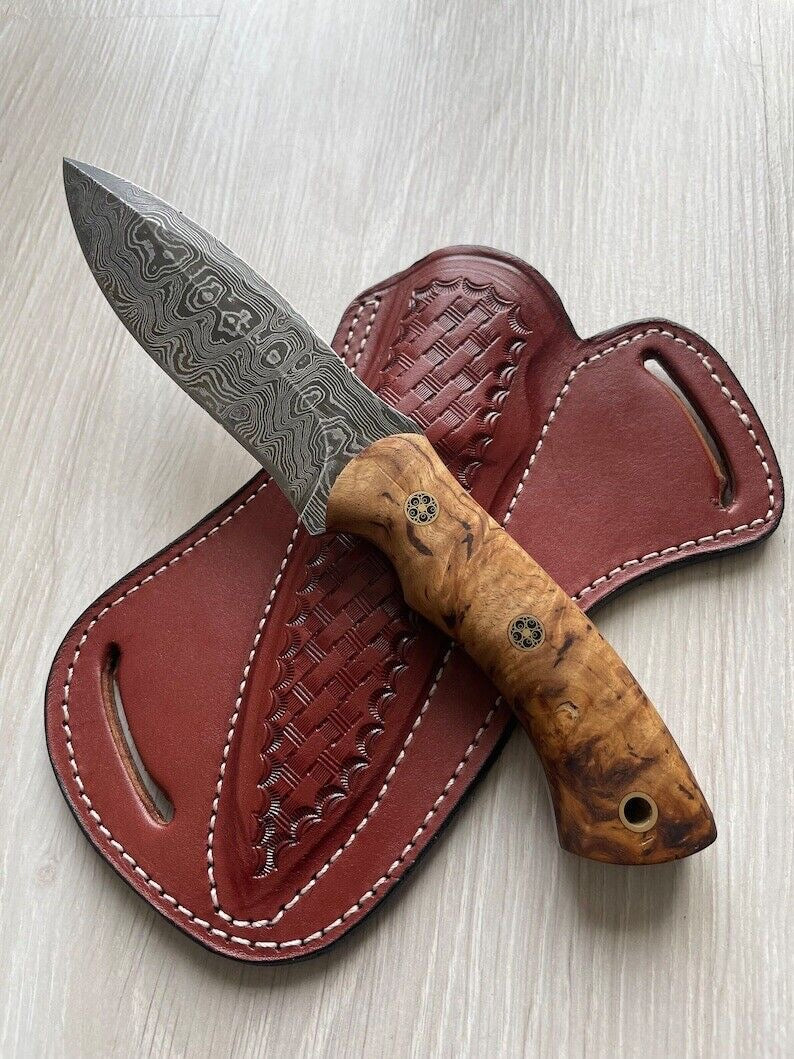
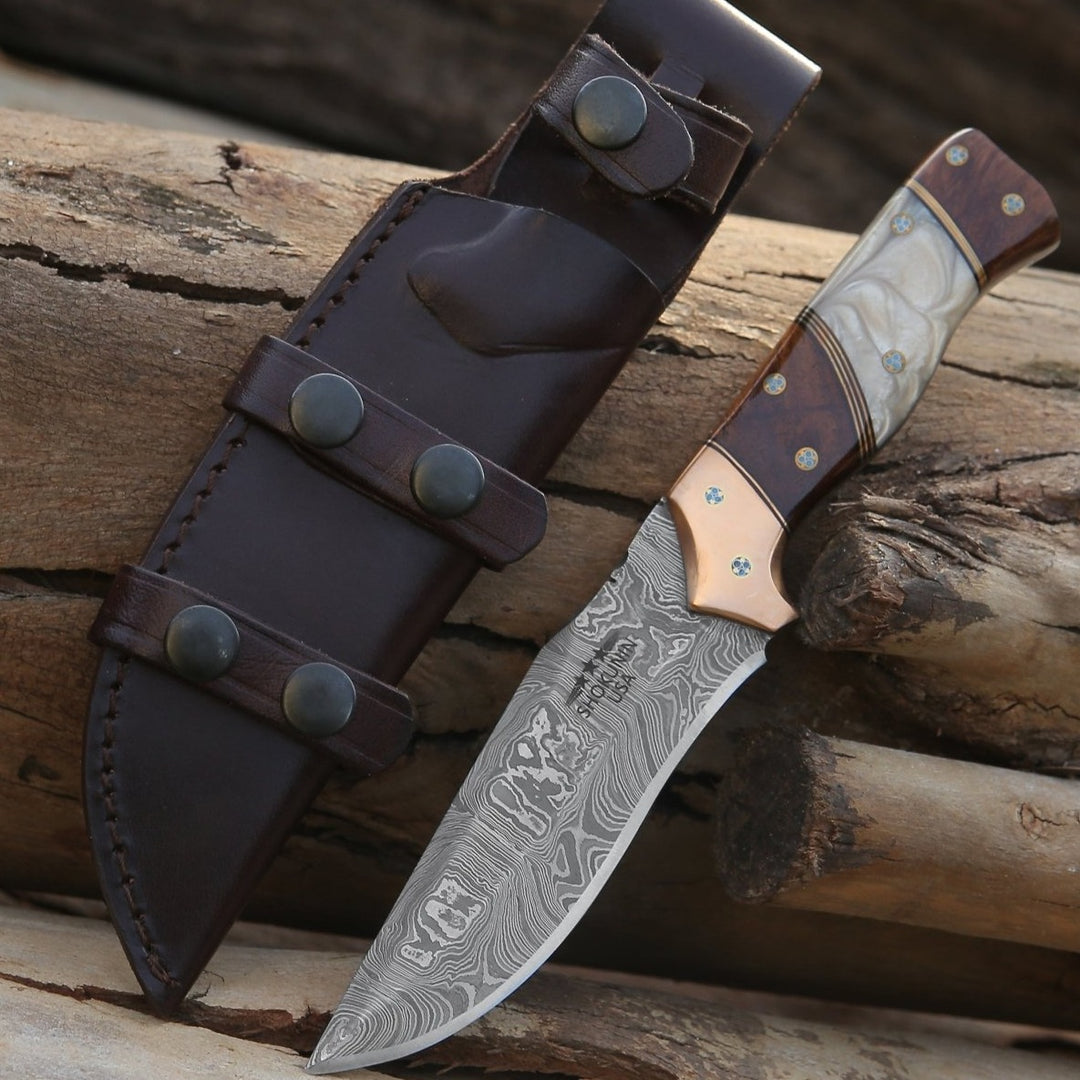
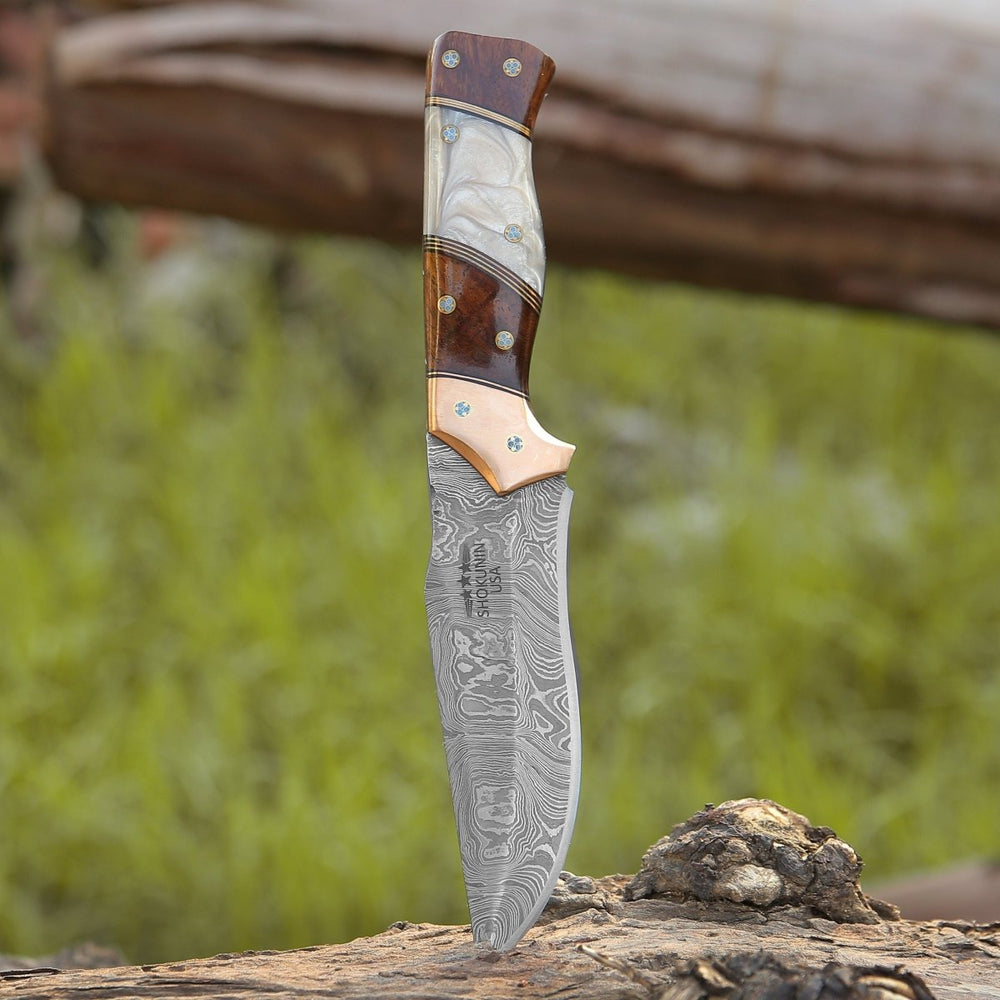
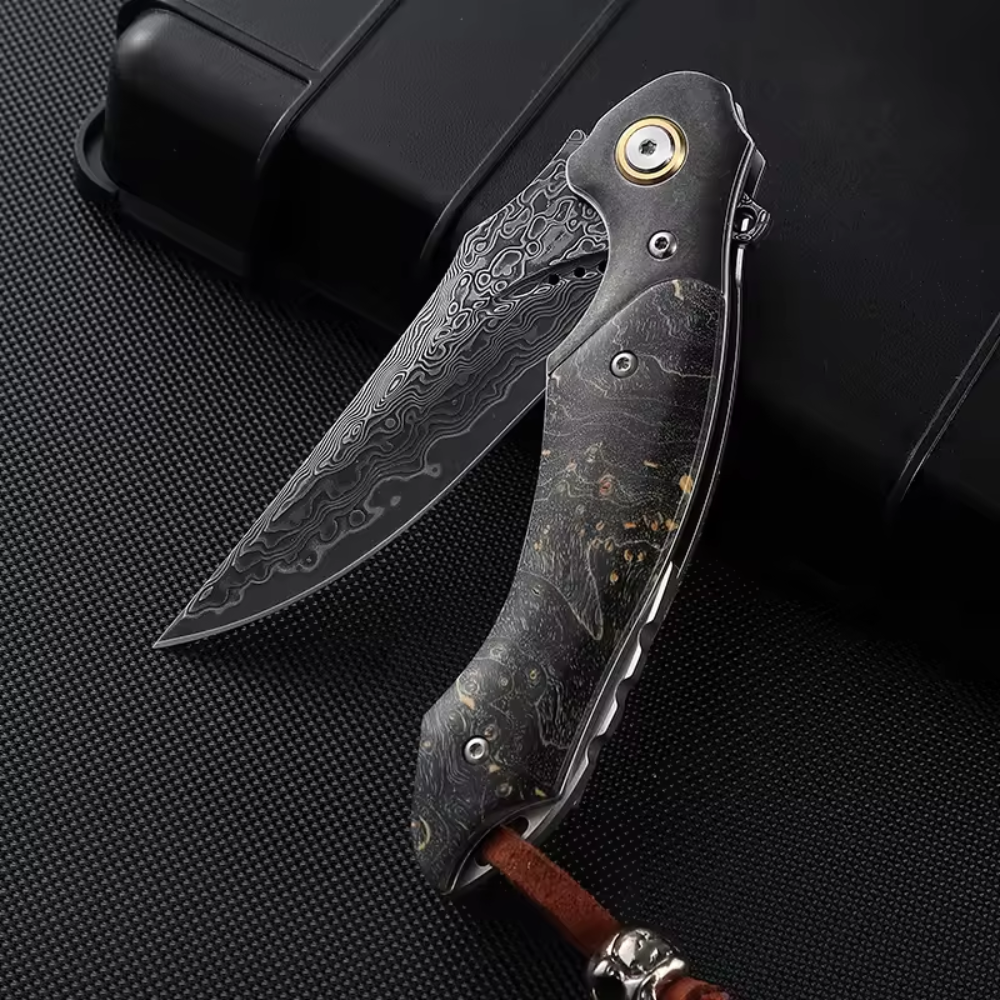
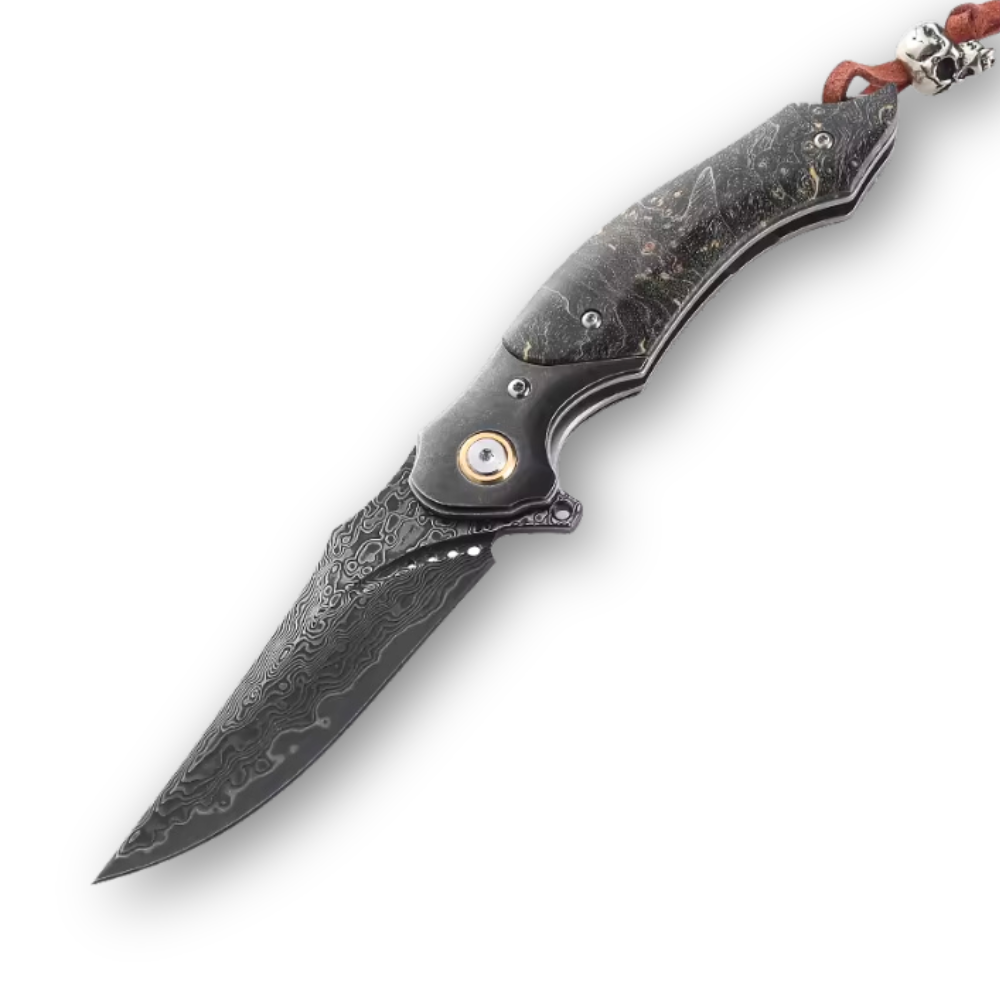
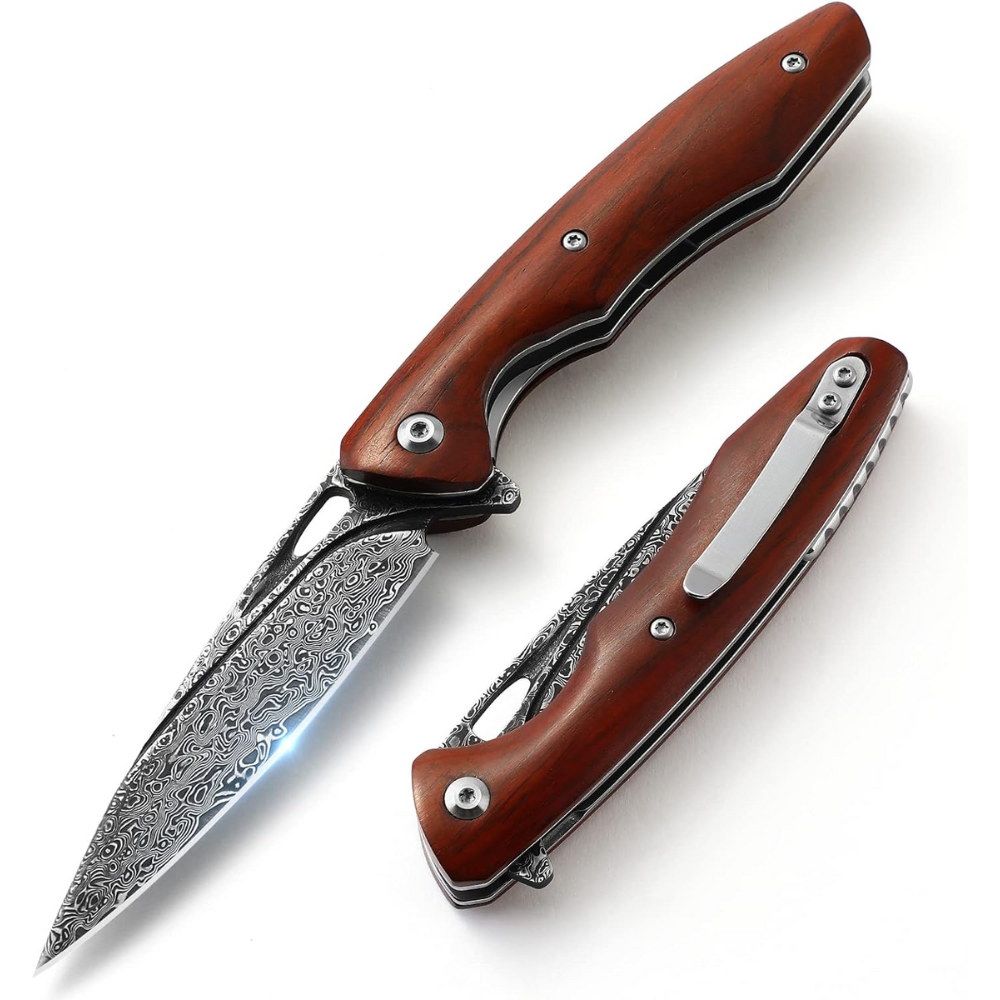
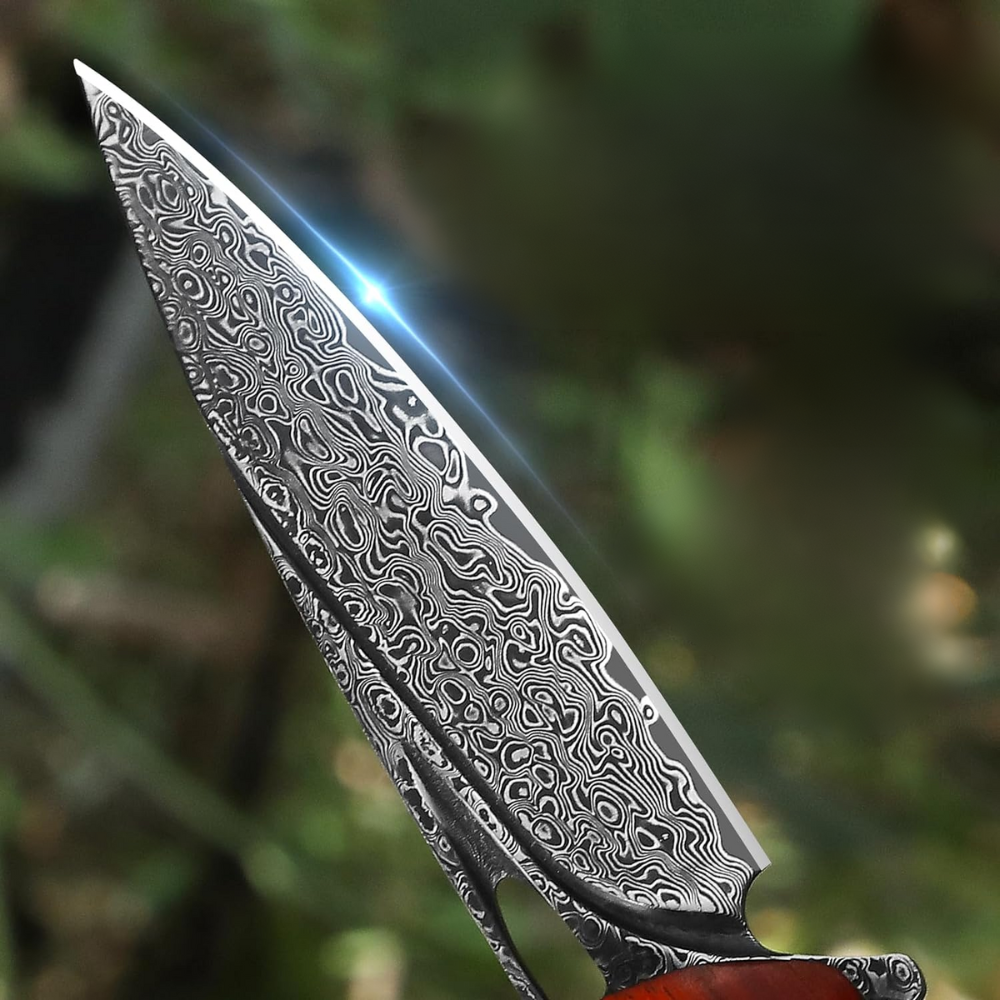

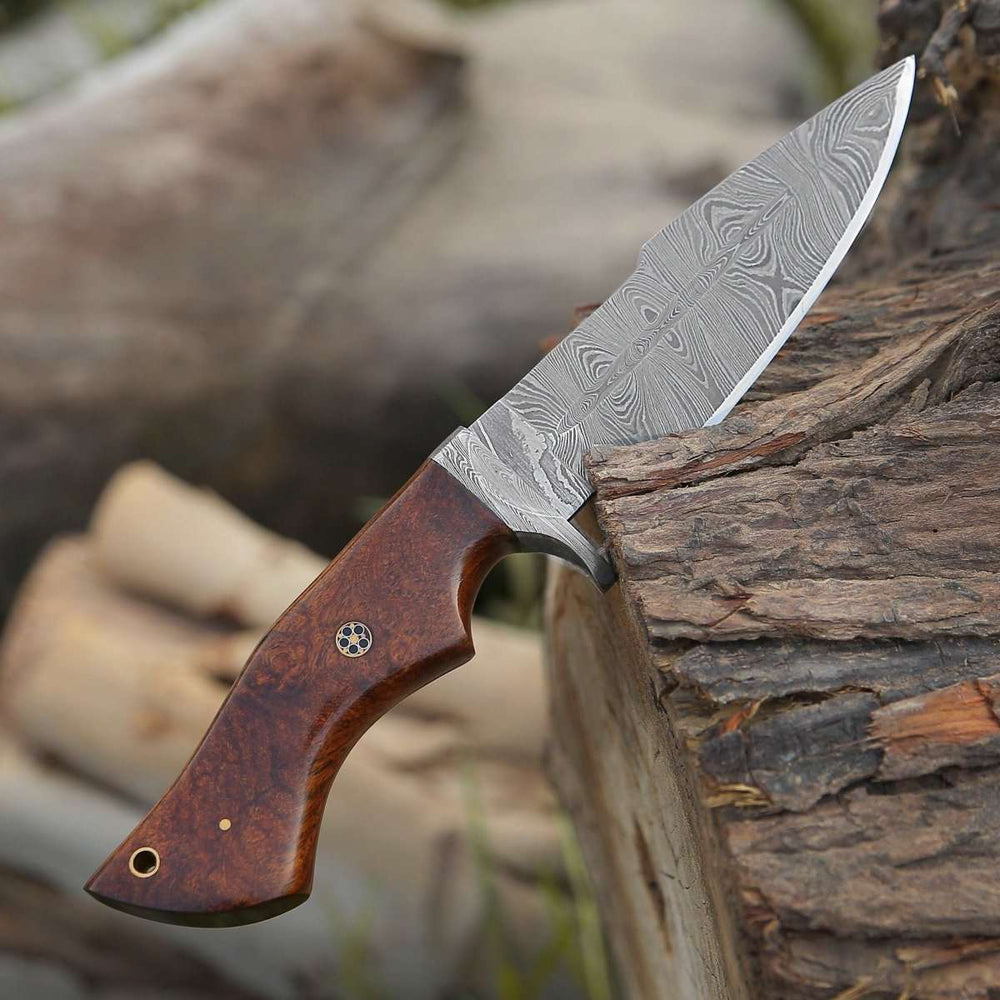
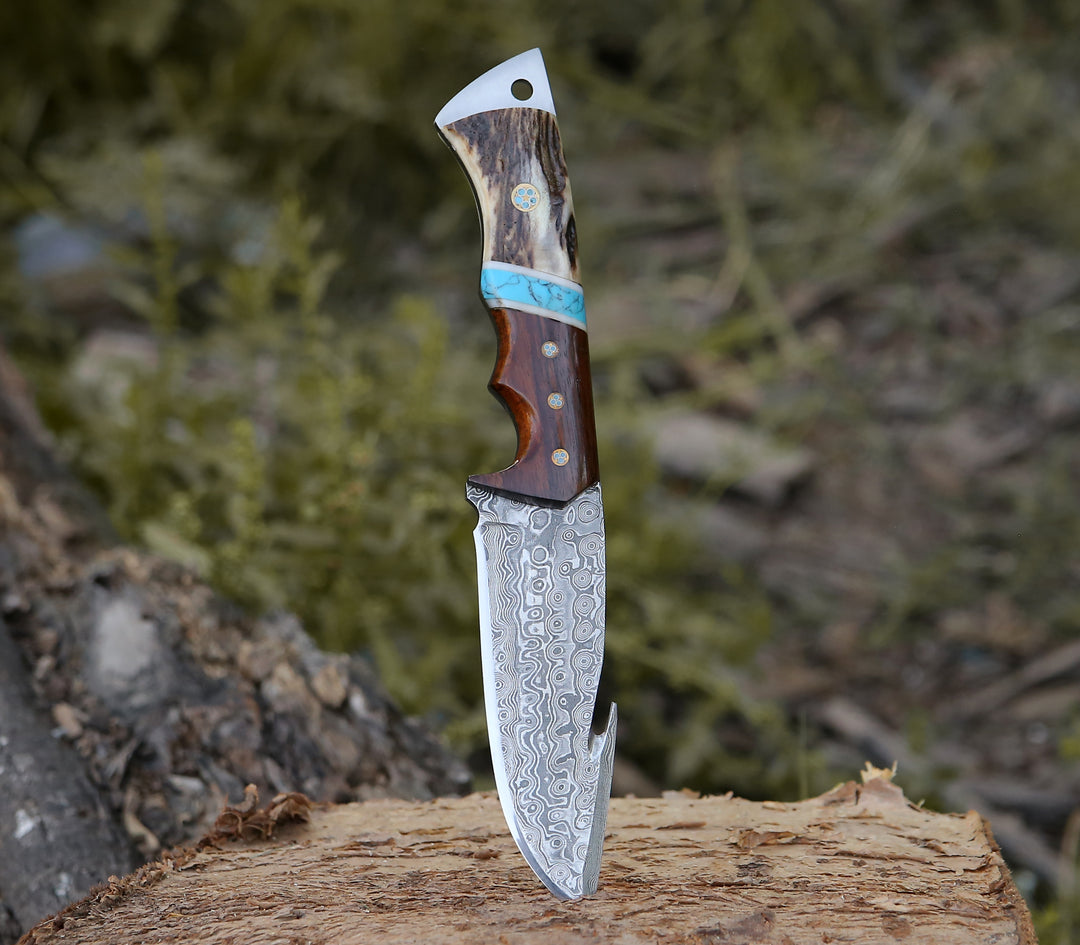
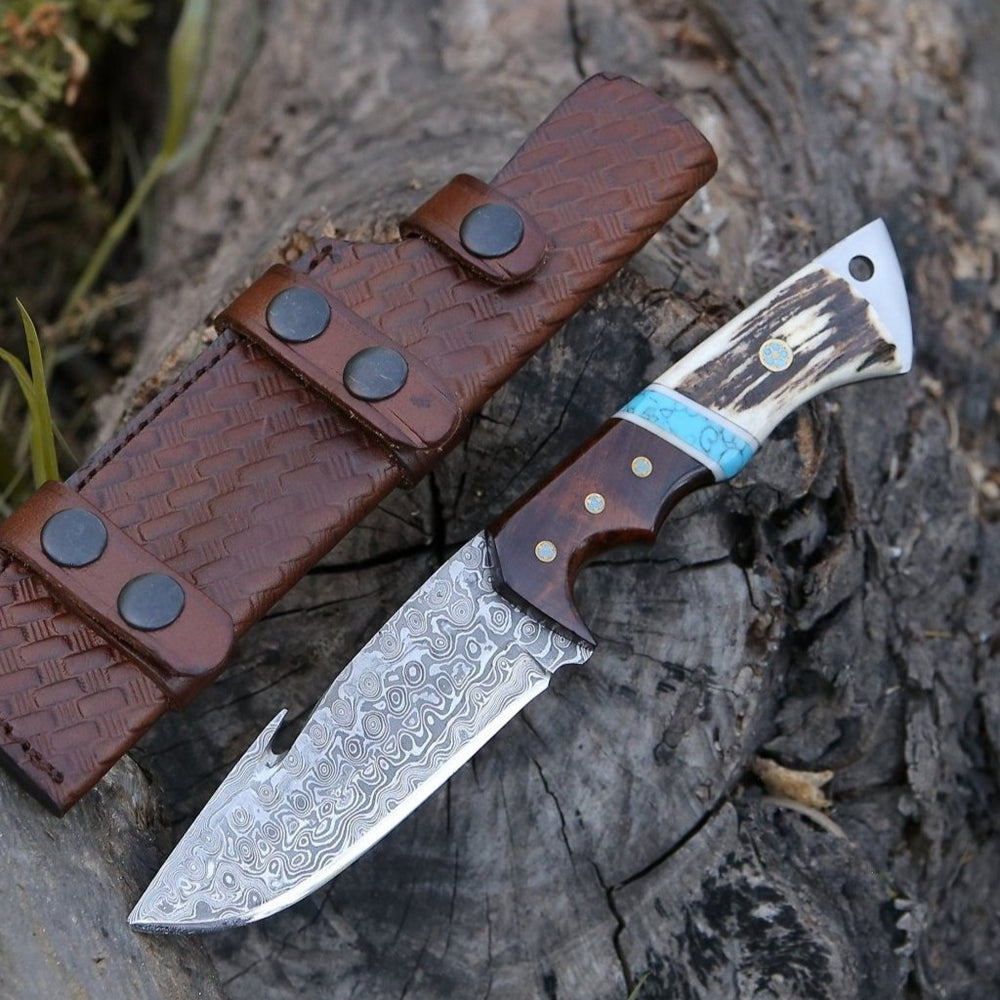
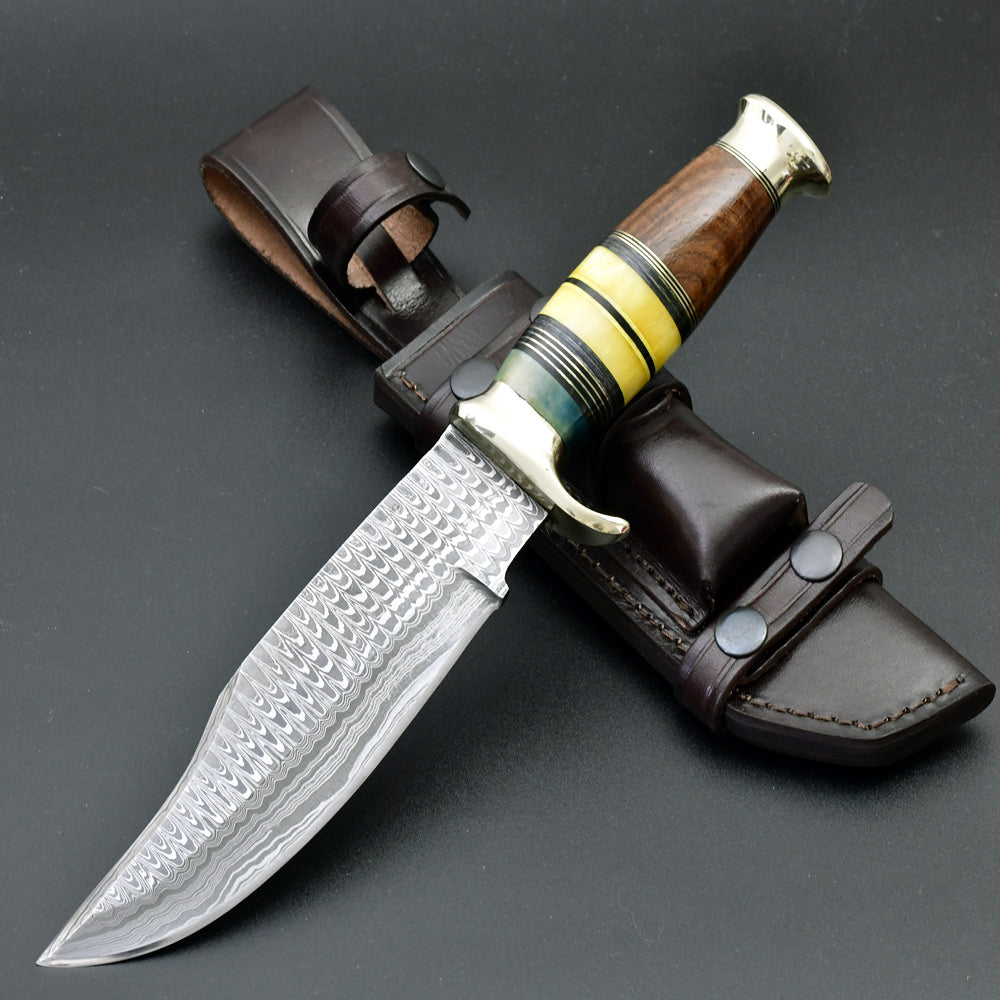
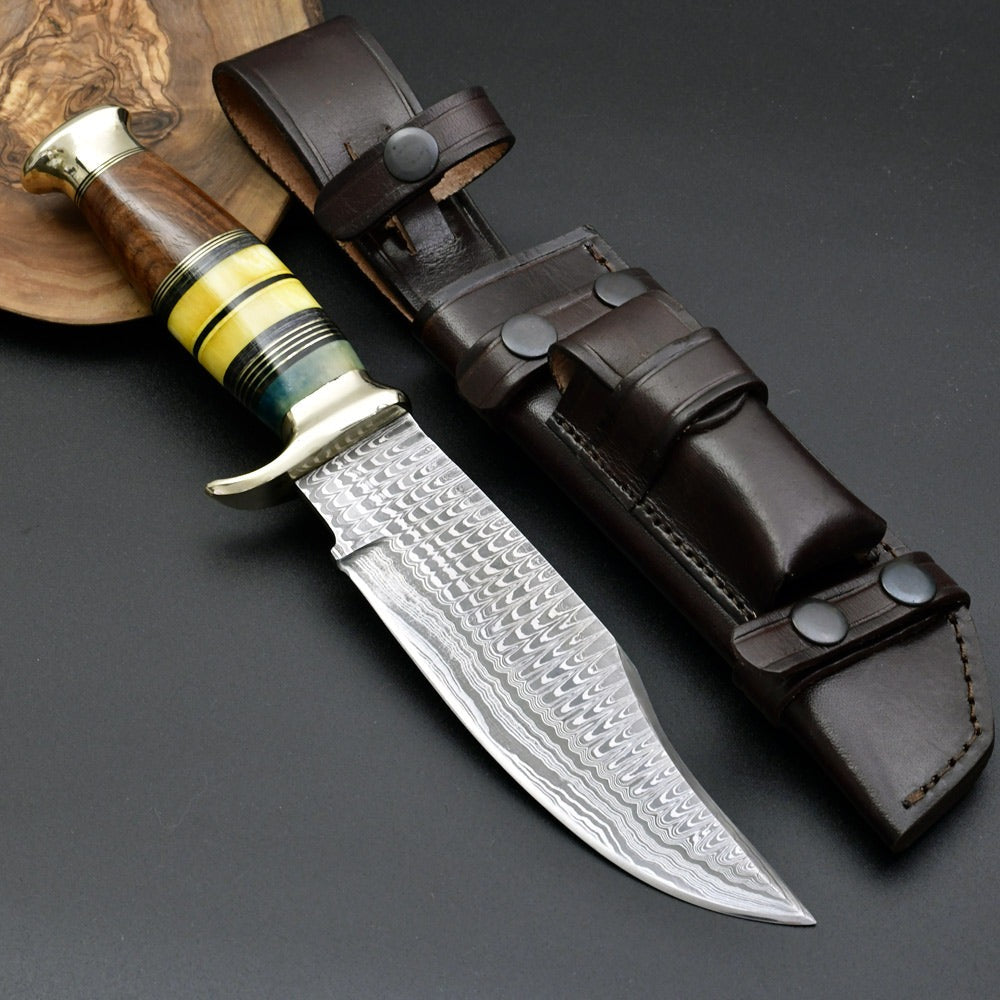
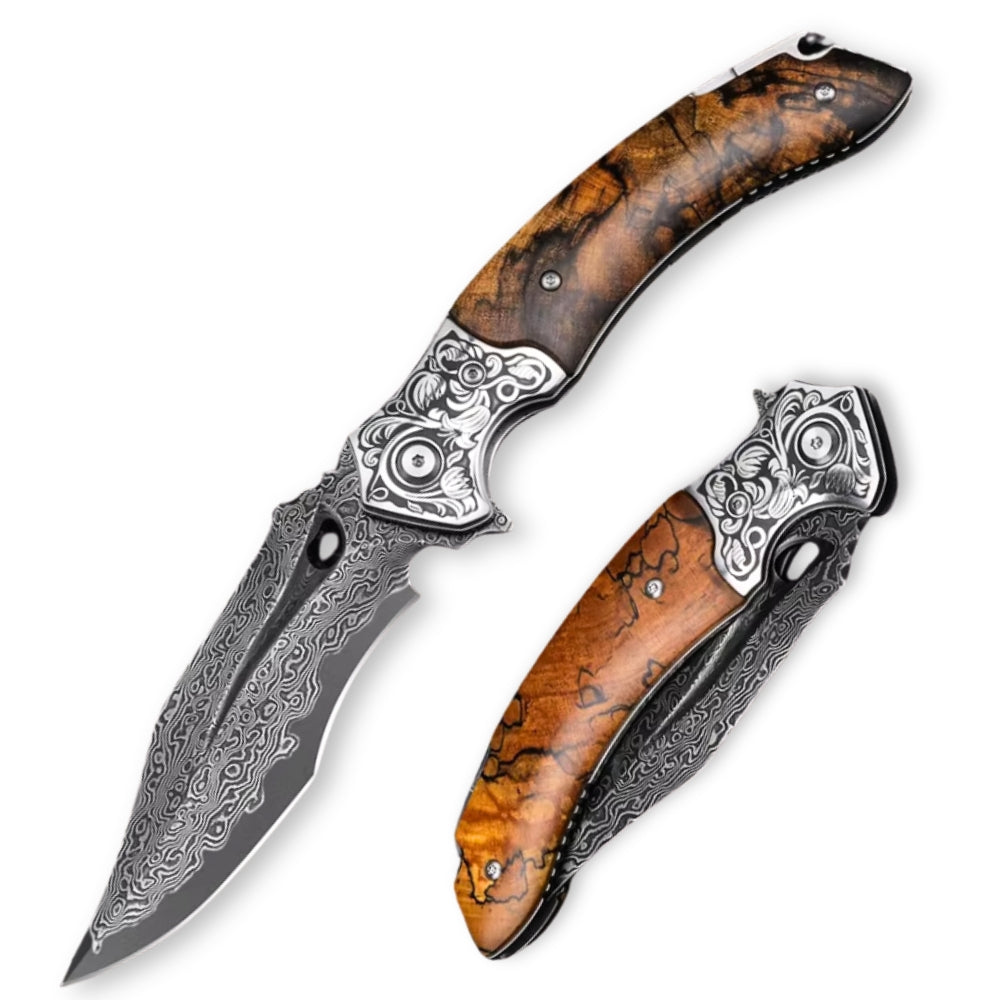
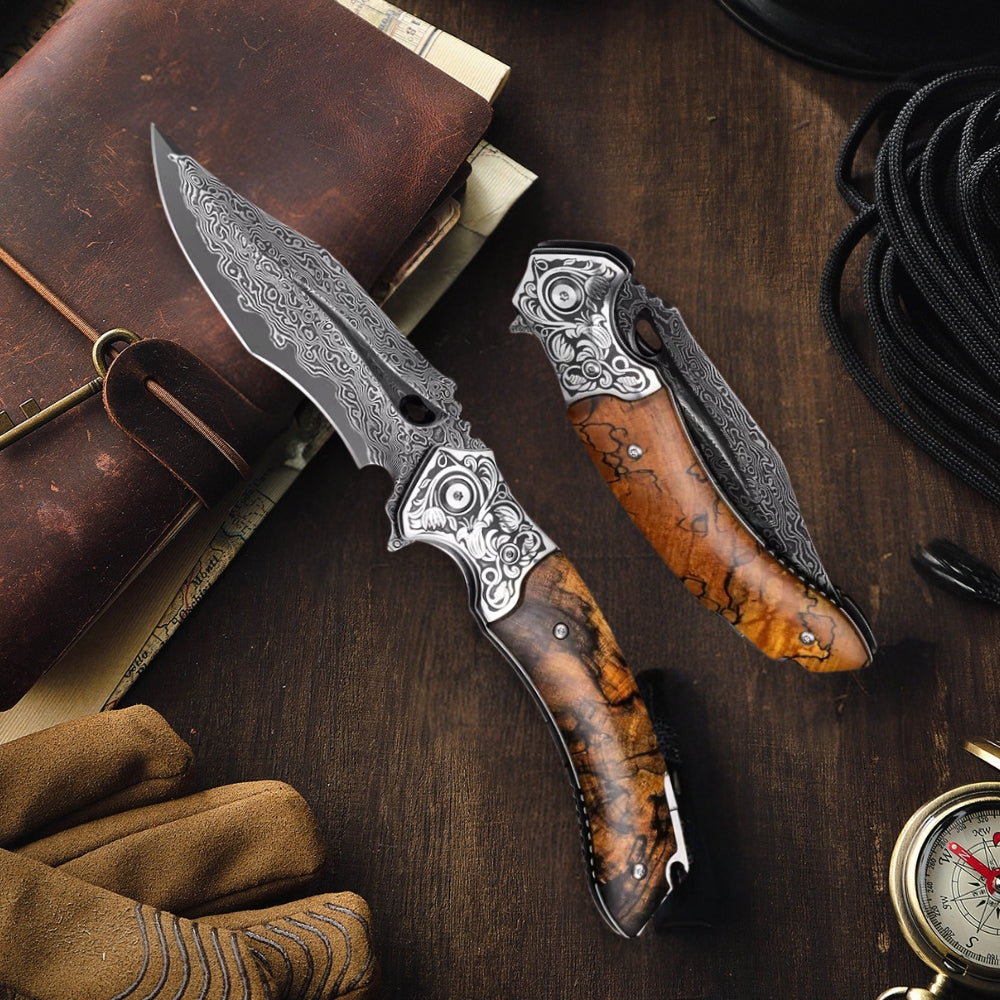

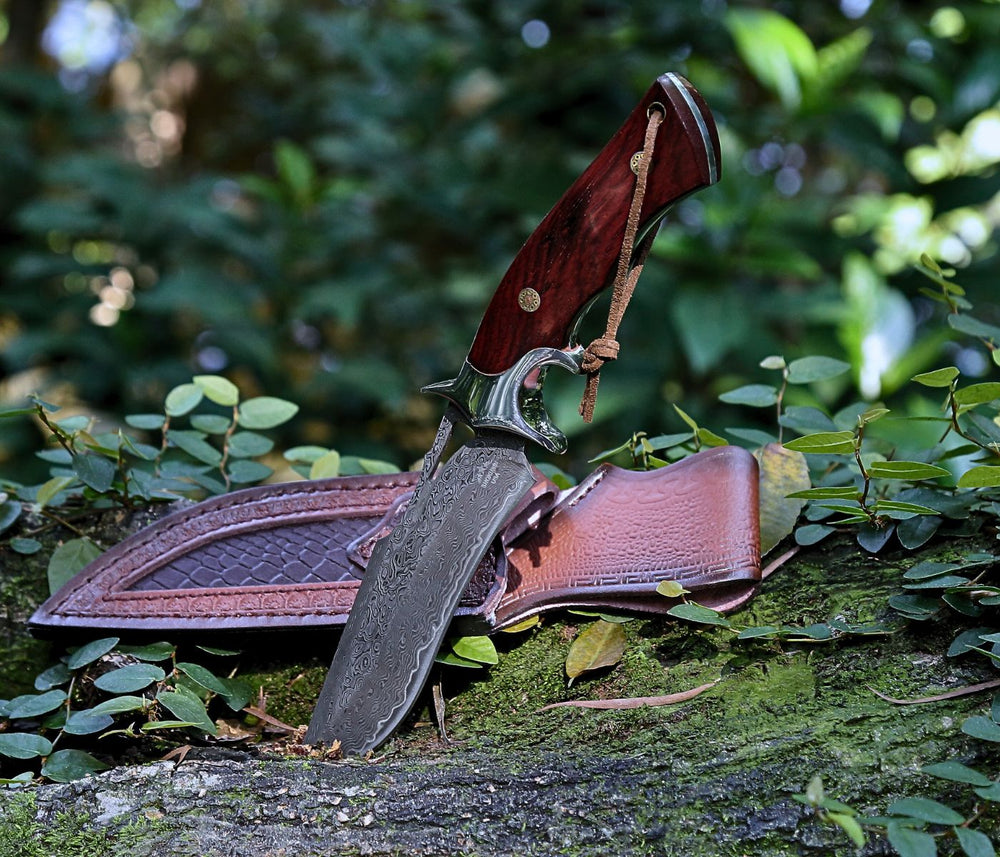


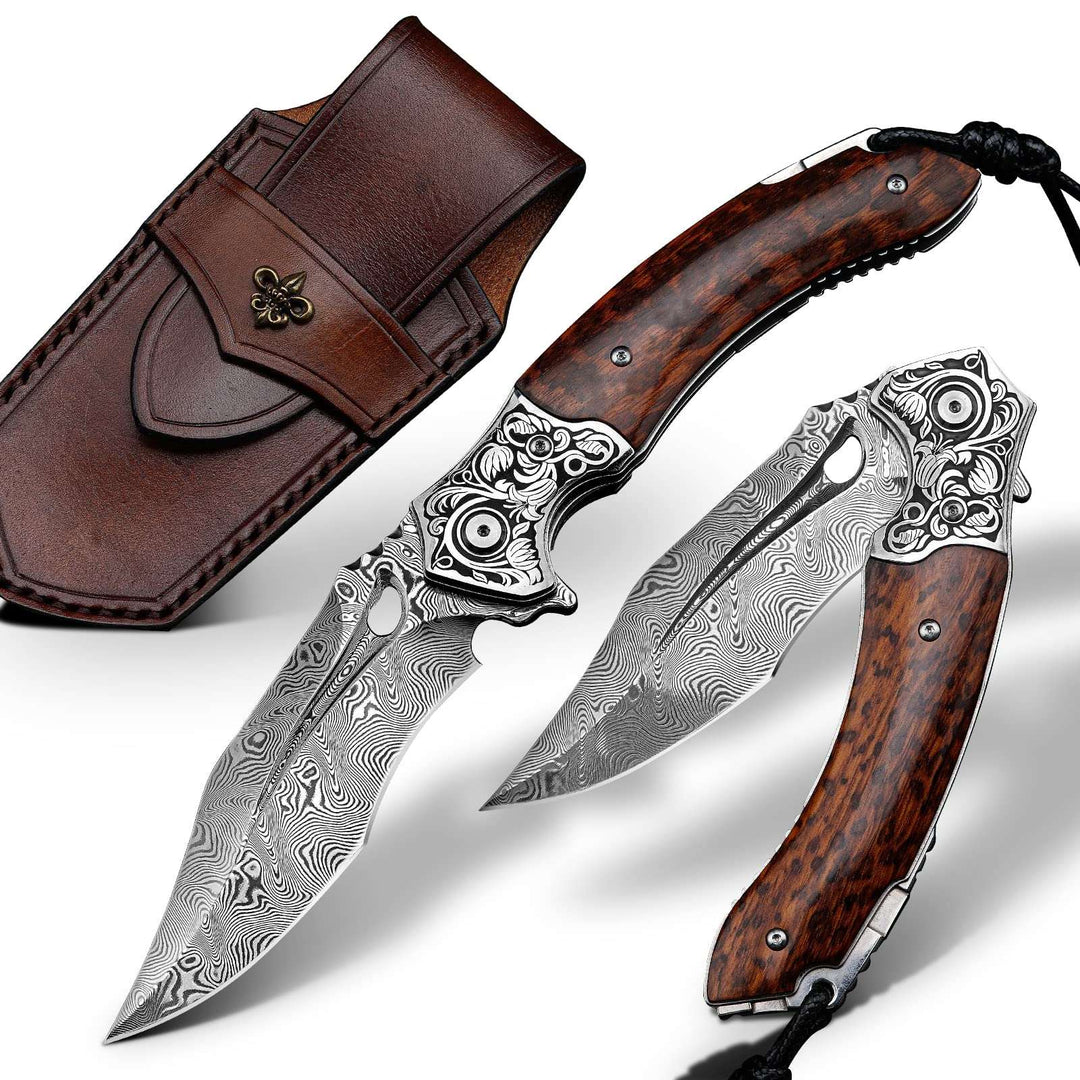

Leave a comment